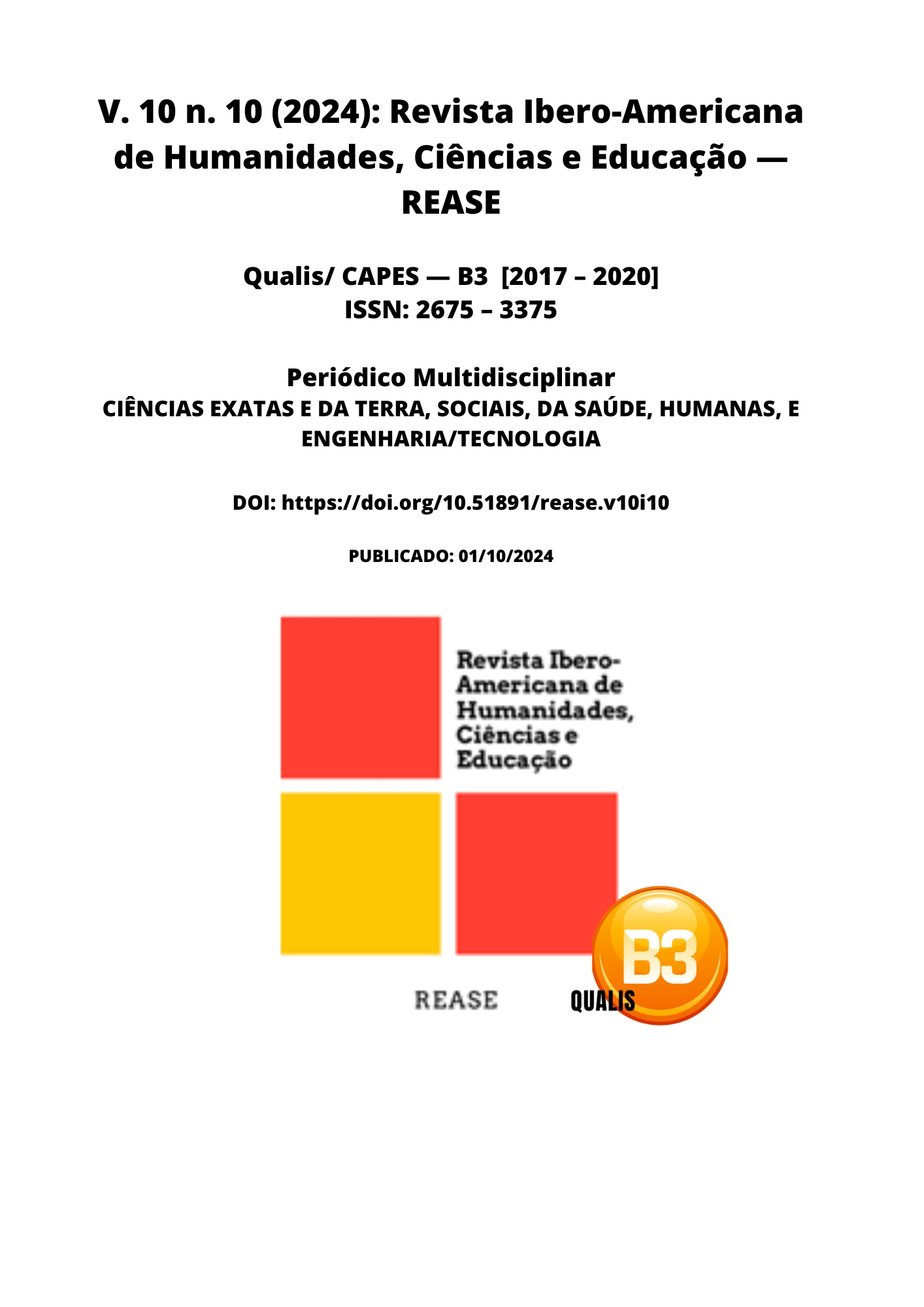AUTISM SPECTRUM DISORDER: UPDATE AND MEDICATION APPROACH FOR CHILDREN
DOI:
https://doi.org/10.51891/rease.v10i10.15900Keywords:
Safety. Side effects. Clinical guidelines. Scientific evidence and Neurodevelopment.Abstract
Introduction: Autism spectrum disorder (ASD) is a complex neurodevelopmental condition that affects communication, behavior, and social interaction. Understanding it requires a multifaceted approach, considering genetic and environmental variables. Early diagnosis and appropriate intervention are crucial, as they directly impact the child's development. In recent years, research on pharmacological approaches for ASD has advanced, leading to a need for updates on the available options and their implications. Objective: To analyze the pharmacological interventions available for the treatment of ASD, highlighting their efficacy, mechanisms of action, and side effects, focusing on diagnosed children. Methodology: The methodology followed the PRISMA checklist, involving a systematic search in databases such as PubMed, SciELO, and Web of Science. The descriptors used included Safety, Side effects, Clinical guidelines, Scientific evidence, and Neurodevelopment. Inclusion criteria included studies published in the last 10 years, focusing on children diagnosed with ASD and that presented clear results on pharmacological interventions. Exclusion criteria eliminated studies with samples unrelated to ASD, previous systematic reviews, and articles that did not directly address drug treatment. Results: The results showed that the most common medications include antipsychotics, antidepressants, and mood stabilizers. Antipsychotics have shown efficacy in reducing challenging behaviors, while antidepressants may be beneficial for comorbidities such as anxiety. In addition, many studies highlighted the importance of personalized treatment, due to the variability in responses among children. Conclusion: The systematic review reinforced that the drug approach for ASD should be individualized, considering the side effects and clinical response of each child. Despite advances, there is still a need for more research to elucidate long-term efficacy and optimize available treatments, aiming at improving the quality of life of affected children and their families.
Downloads
Downloads
Published
How to Cite
Issue
Section
Categories
License
Atribuição CC BY

